Osteoarthritis is another word for joint wear and tear. Osteoarthritis can occur in any joint. Osteoarthritis is a progressive process, which means that the existing wear and tear does not recover and wear and tear increases.
A joint is two or more bones that move against each other. That is why most bones have a cartilage layer. Synovial fluid keeps the cartilage supple and resilient. In arthrosis, the cartilage cells (chondrocytes) are destroyed. On the one hand, new cartilage is formed, on the other hand, it is broken down by the stress on the joints. This makes the cartilage less elastic.
What Are the Causes of Osteoarthritis in Dogs?
Cartilage damage can result from trauma, but also from hereditary defects such as hip dysplasia. In hip dysplasia, the hip socket and femoral head do not fit together properly. These causes lead to incorrect loading and, as a result, damage to the cartilage.
The wear and tear of the cartilage can lead to an inflammatory reaction and pain in the dog. The body begins to form new bone tissue in the joint capsule to help stabilize the joints.
What are the symptoms of osteoarthritis?
-
Some symptoms of osteoarthritis in dogs include:
-
stiffness after a period of rest,
-
morning stiffness or initial lameness,
-
difficulty getting up,
-
lameness and irregularity,
-
Pain, wheezing and paw relief.
How is the diagnosis made?
During an orthopedic examination, the joints are checked and the problem identified. An X-ray of the suspected area is then taken to determine the severity of the osteoarthritis.
What's the prognosis?
Unfortunately, arthrosis cannot be cured. However, there are special dietary supplements that can support the joints.
How is osteoarthritis treated?
A treatment plan can be drawn up together with the veterinarian. Measured exercise, the right weight (losing weight if necessary), supporting medication or dietary supplements can contribute to the health of the dog. If the dog is in severe pain, you can give him painkillers and anti-inflammatory drugs at the same time. There is also an option to give the animal physiotherapy to properly load the joints.
When should I take this to the vet?
The vet can best tell you what to do with it. He may prescribe painkillers or other medication to help the dog's osteoarthritis.
How can osteoarthritis in dogs be prevented?
Do not allow the animal to climb stairs or jump at a young age. The condition must be built up slowly, do not take a three-hour walk in the forest, but build it up together with the dog. Provide the animal with good quality food so that its bones can grow well from an early age. Make sure you buy a dog whose parents have been tested for HD or ED. This is not a guarantee that the dog will not be able to get this disease, but in any case the probability is lower.
This text was translated by a translation machine
 Horse Pharmacy
Horse Pharmacy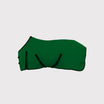 Rugs
Rugs Care
Care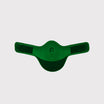 Saddle and Attachments
Saddle and Attachments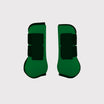 Leg Protection
Leg Protection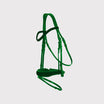 Bridles
Bridles Feed
Feed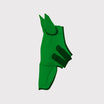 Fly Masks
Fly Masks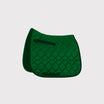 Saddle Pads
Saddle Pads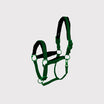 Headcollars and Ropes
Headcollars and Ropes Bits
Bits Other Disciplines
Other Disciplines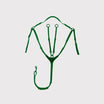 Reins and Auxiliary Reins
Reins and Auxiliary Reins Clipping
Clipping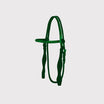 Western
Western Eventing
Eventing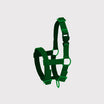 Foals
Foals Reflection
Reflection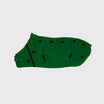 Therapy Products
Therapy Products Boots and Shoes
Boots and Shoes Breeches and Belts
Breeches and Belts Tops
Tops Safety
Safety Competition
Competition Heated Clothing
Heated Clothing Gloves
Gloves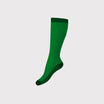 Socks
Socks Spurs and Attachments
Spurs and Attachments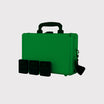 Technology
Technology Whips
Whips Gifts
Gifts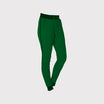 Casual Wear
Casual Wear Underwear
Underwear Rider Pharmacy
Rider Pharmacy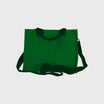 Bags
Bags Books
Books Laundry supplies
Laundry supplies Jewelry
Jewelry Feed and Waterbowls
Feed and Waterbowls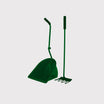 Equipment
Equipment Tack Room
Tack Room Pest Control
Pest Control Arena
Arena Horse Toys
Horse Toys Wheelbarrows
Wheelbarrows Yard
Yard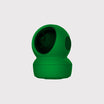 Surveillance
Surveillance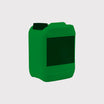 Disinfect
Disinfect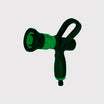 Washing Area
Washing Area Lighting
Lighting Horse Pasture
Horse Pasture Current Conductors
Current Conductors Pole
Pole Insulators
Insulators Energisers
Energisers Gate Handles
Gate Handles Batteries and Accumulator
Batteries and Accumulator Nets
Nets Grounding
Grounding Tools
Tools Fencing Security
Fencing Security Wolf Defense
Wolf Defense Fencing Sets
Fencing Sets Fence locks
Fence locks Dogs
Dogs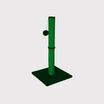 Cats
Cats Rodents
Rodents Dogs Pharmacy
Dogs Pharmacy Cats Pharmacy
Cats Pharmacy Rodents Pharmacy
Rodents Pharmacy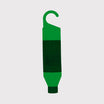 Cattle Pharmacy
Cattle Pharmacy Poultry Pharmacy
Poultry Pharmacy Veterinary Supplies
Veterinary Supplies Cattle
Cattle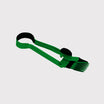 Sheep and Goats
Sheep and Goats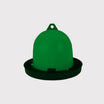 Poultry
Poultry Heat Lamps
Heat Lamps Calves
Calves Marking
Marking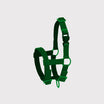 Halters
Halters